My ZZ plant suffered a fracture from a human.
I will post weekly photo updates.
If the branch recovers and no longer needs the supports, this will resolve as YES. Otherwise, NO.
I will not bet in this market.
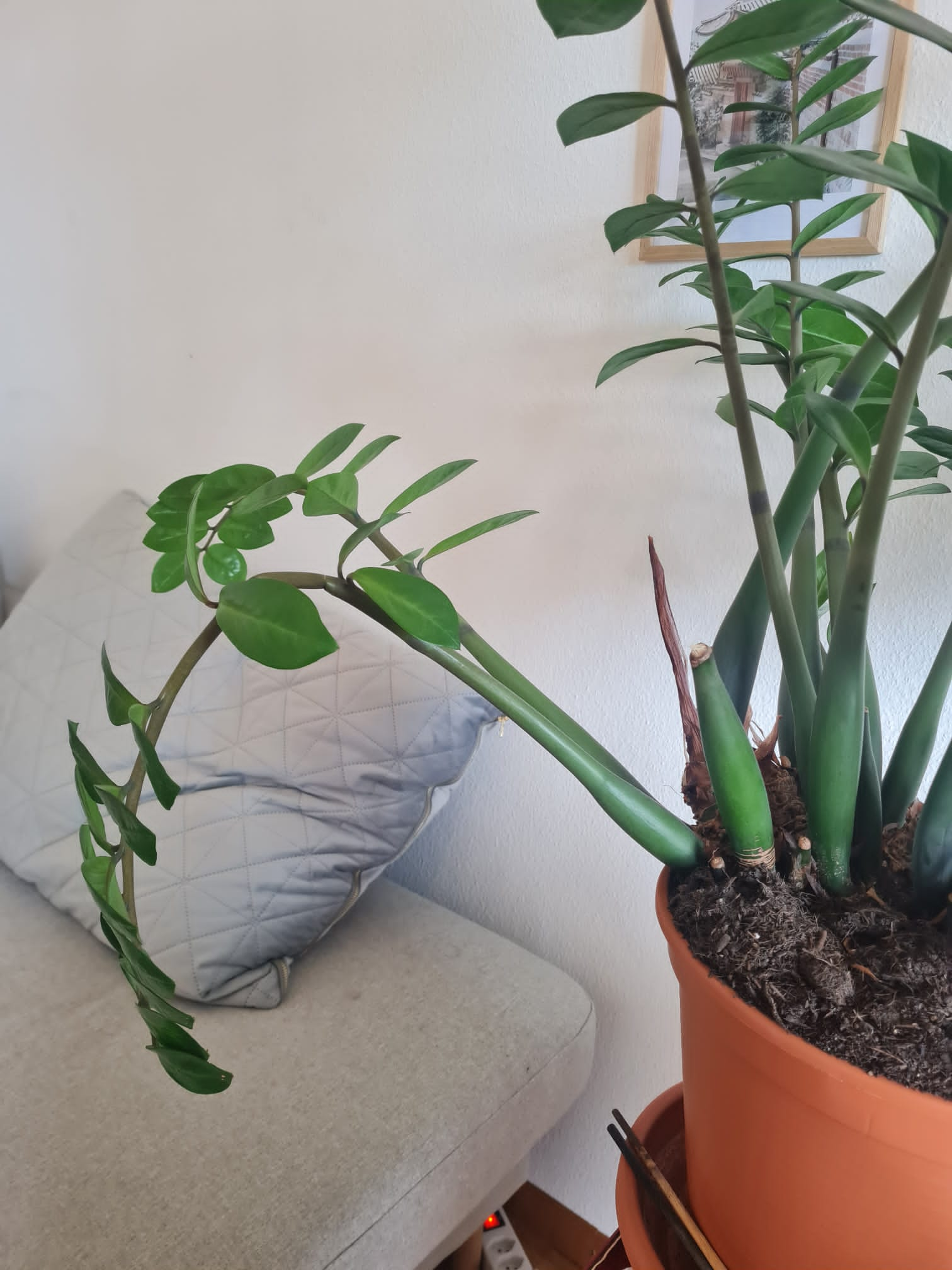
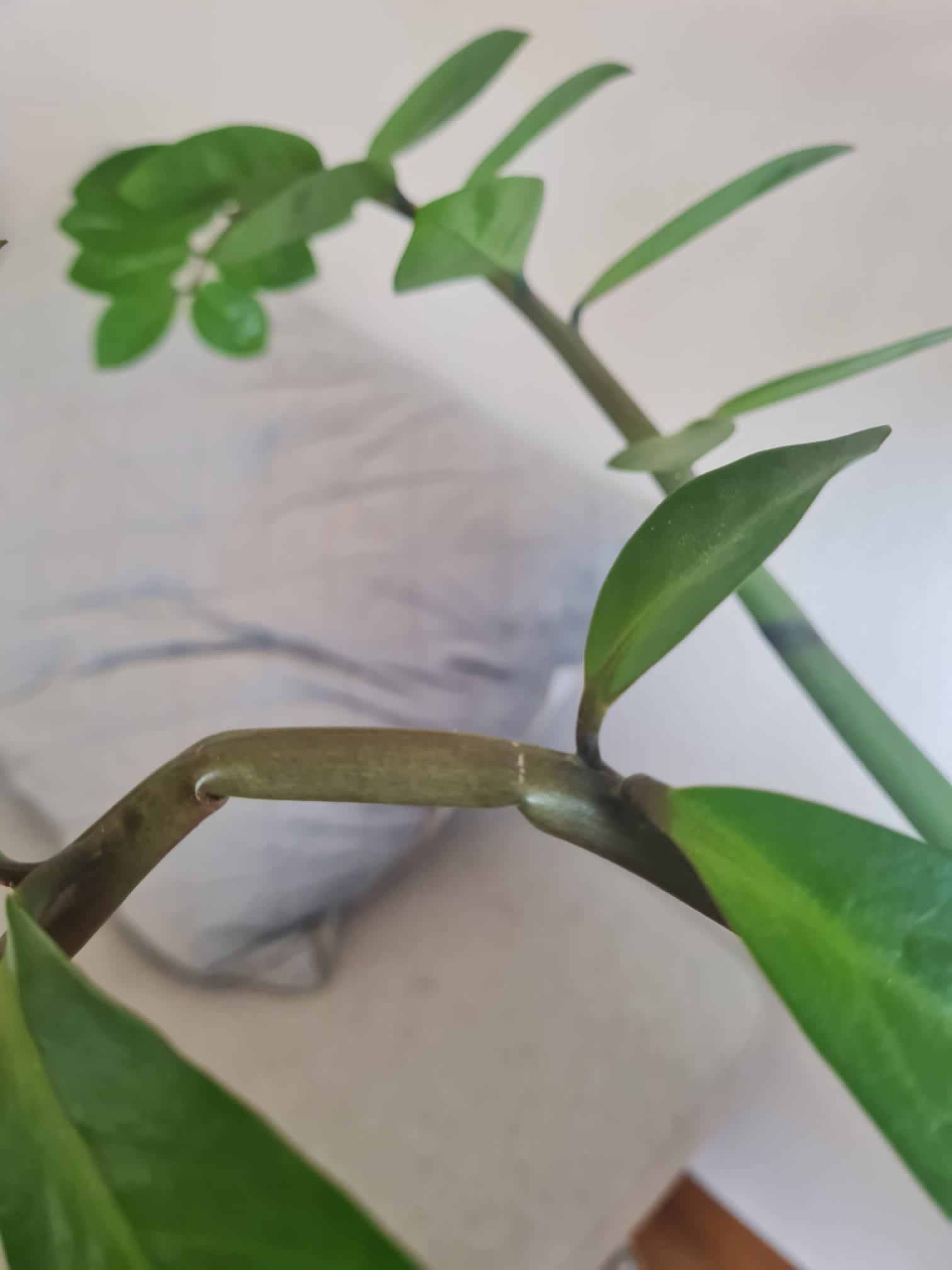
INTERVENTION:

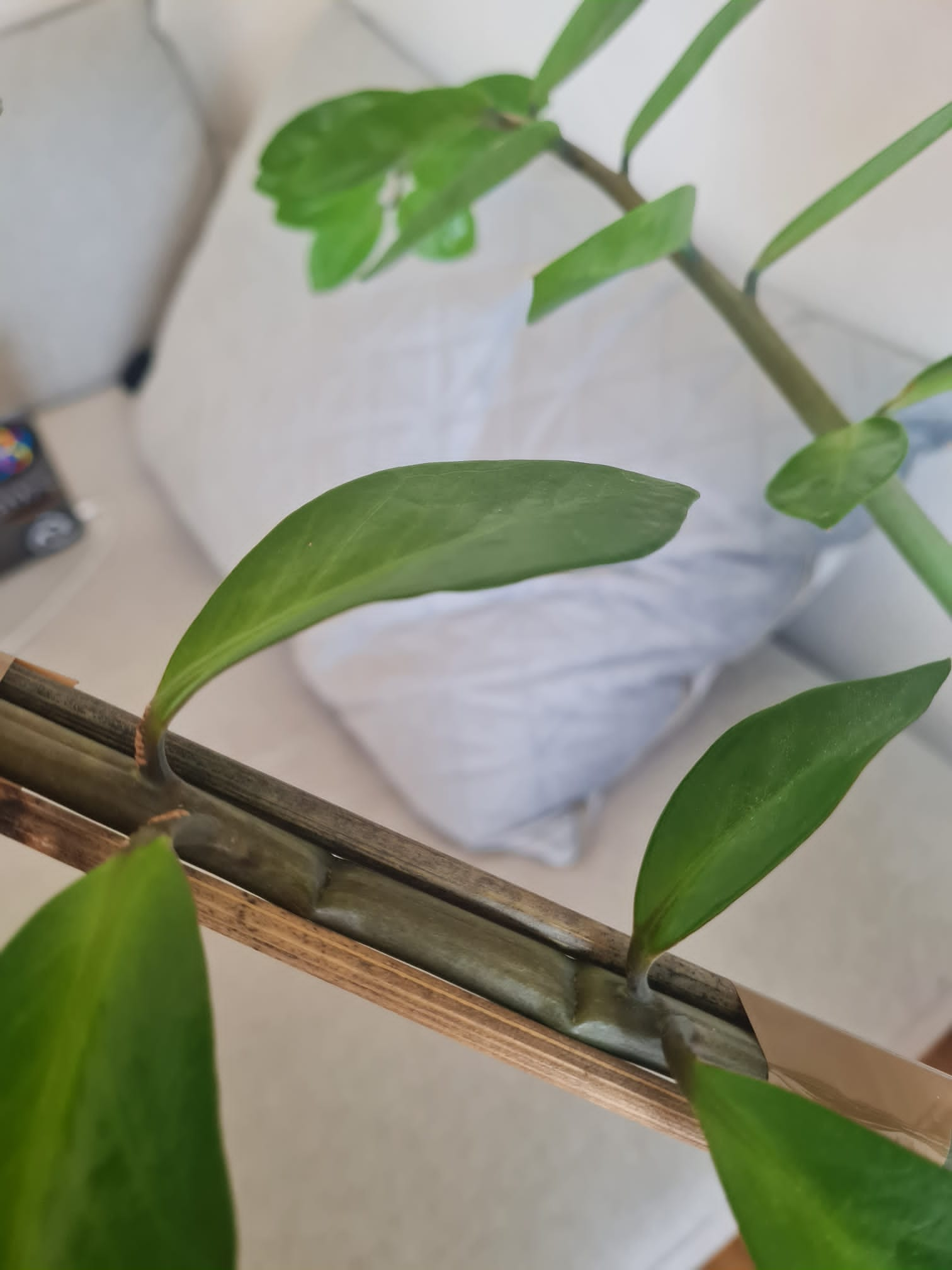
TUESDAY AUGUST 22:
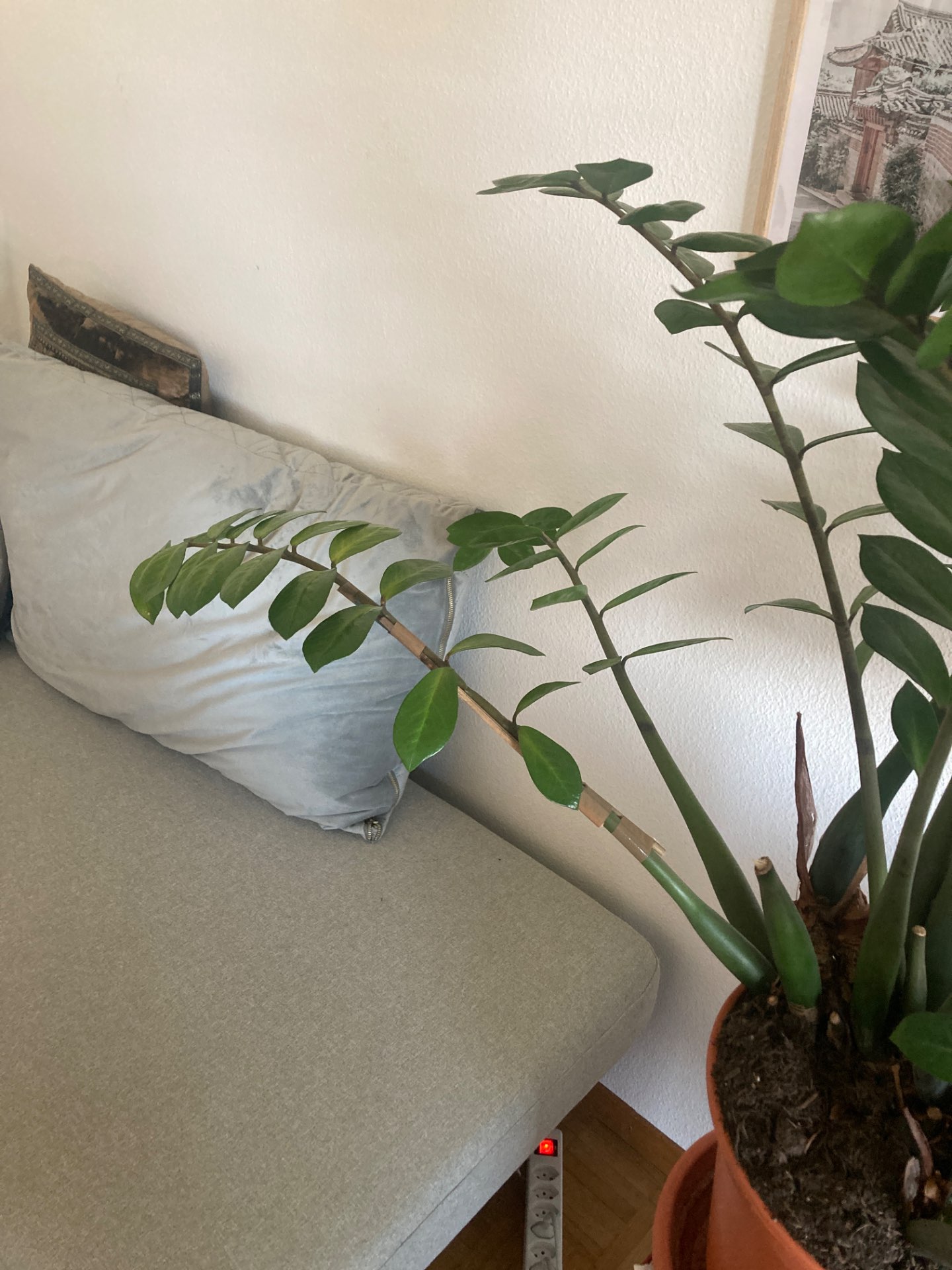
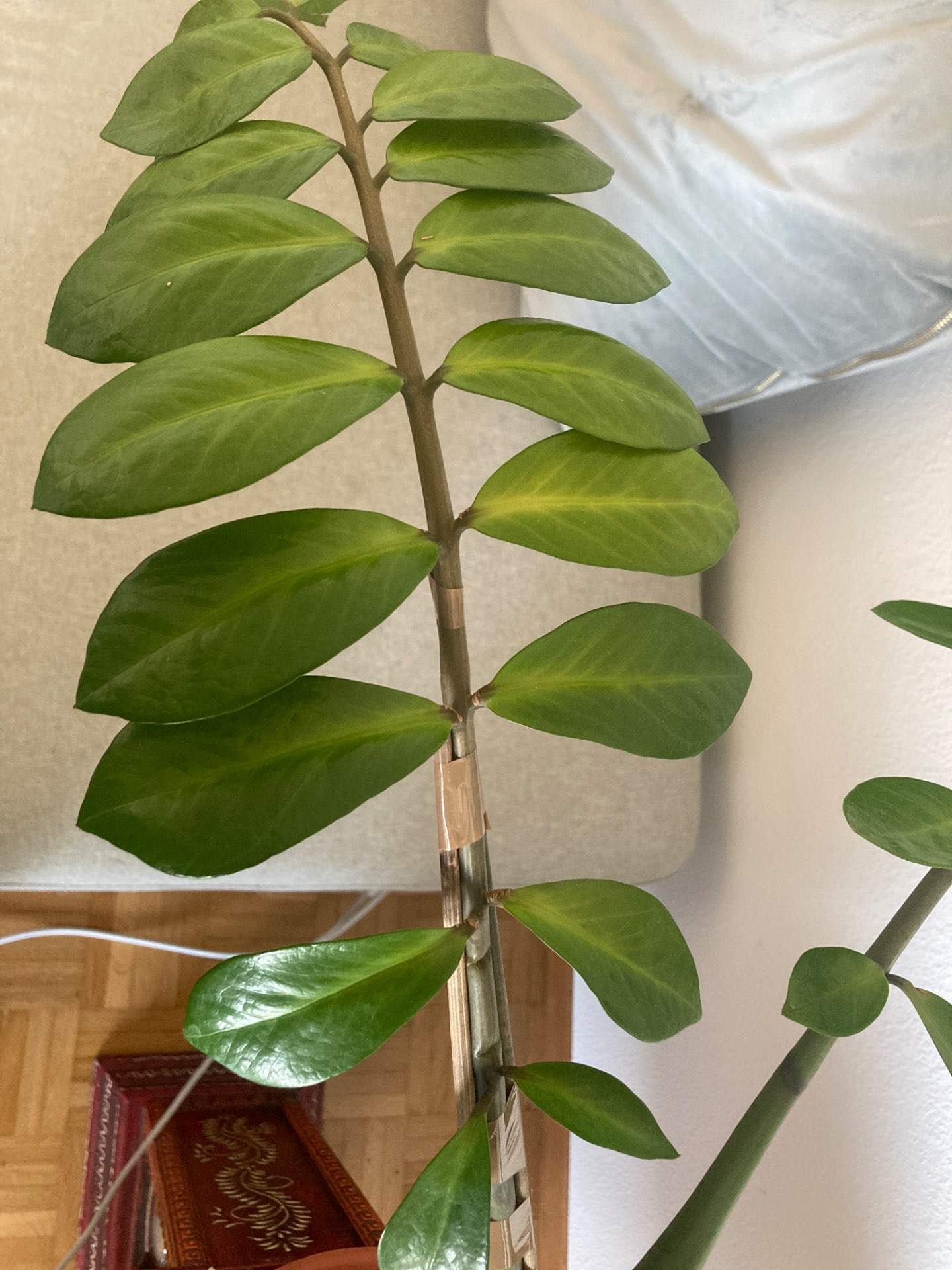
Structurally branch is looking ok so far, the leaves are a bit more yellow though.
MONDAY AUGUST 28:

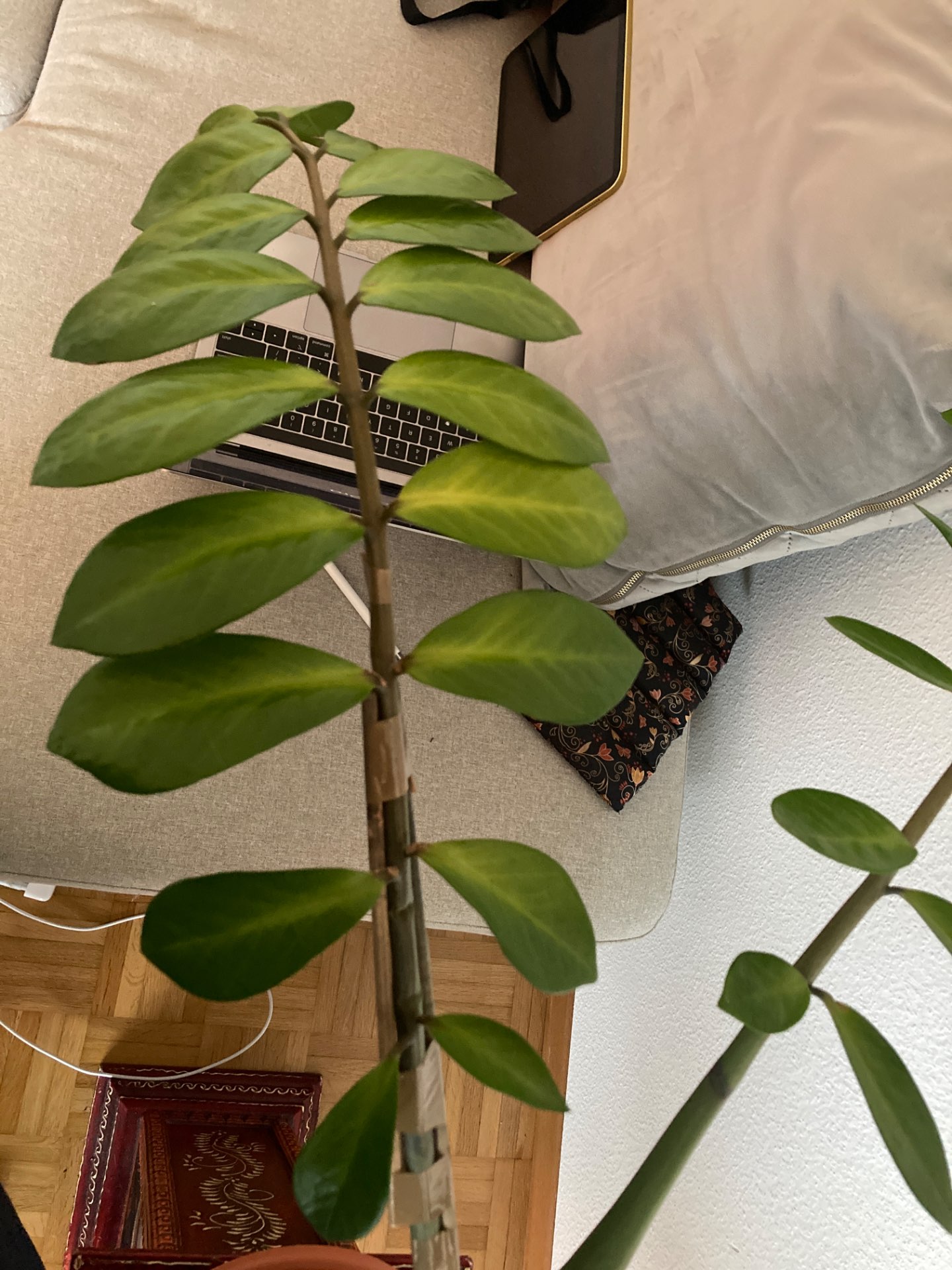
SUNDAY SEPTEMBER 3:
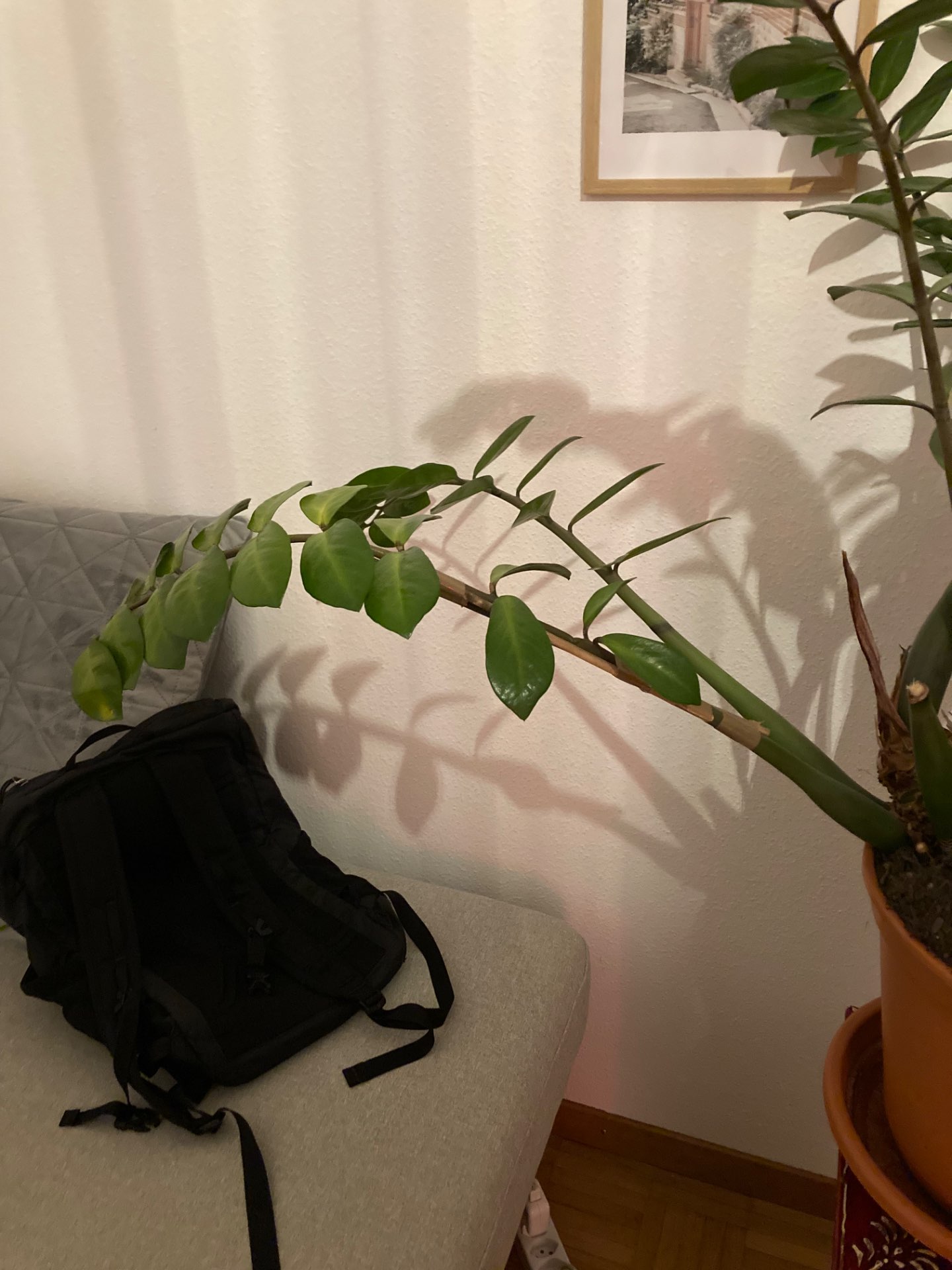
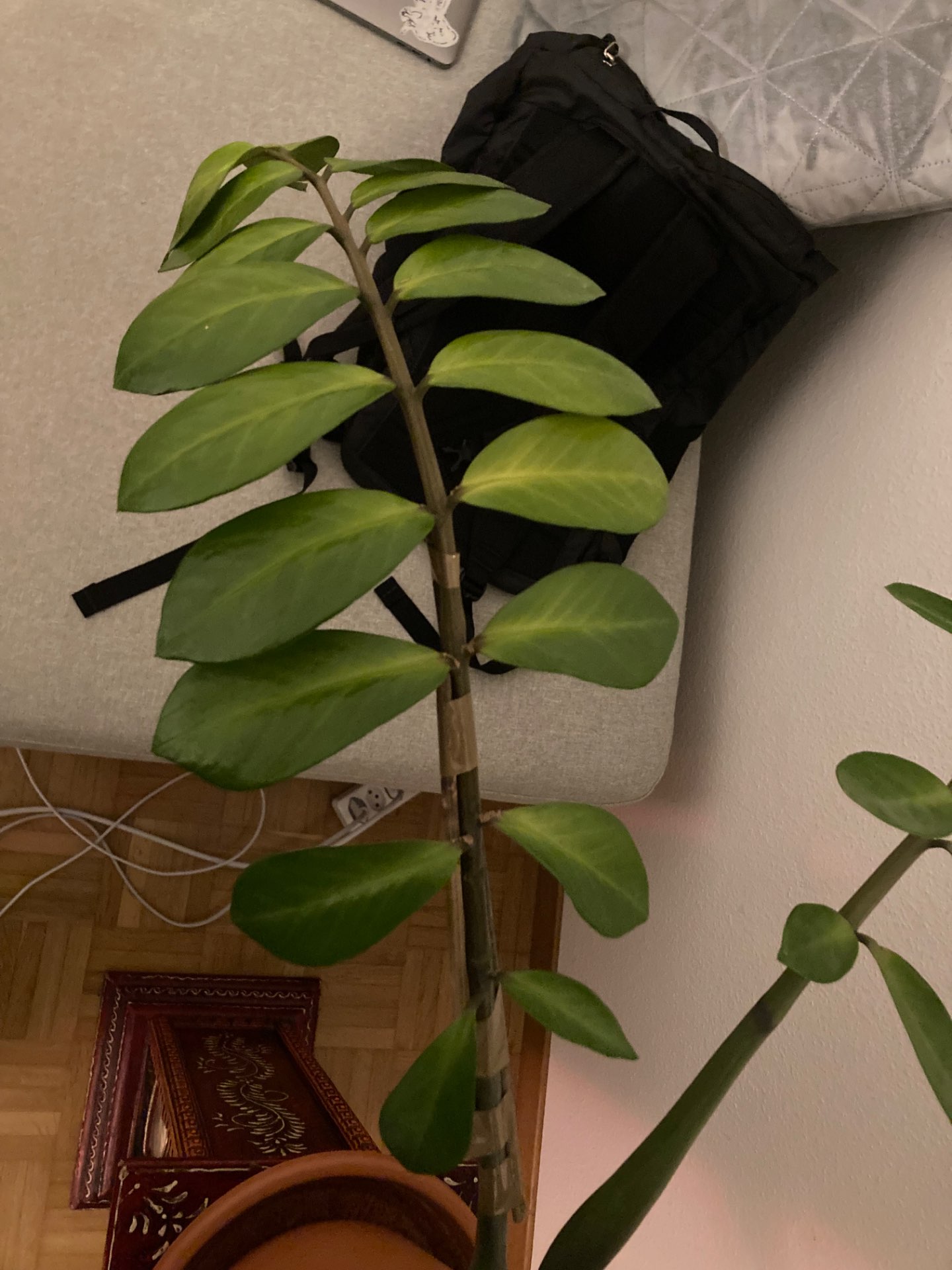
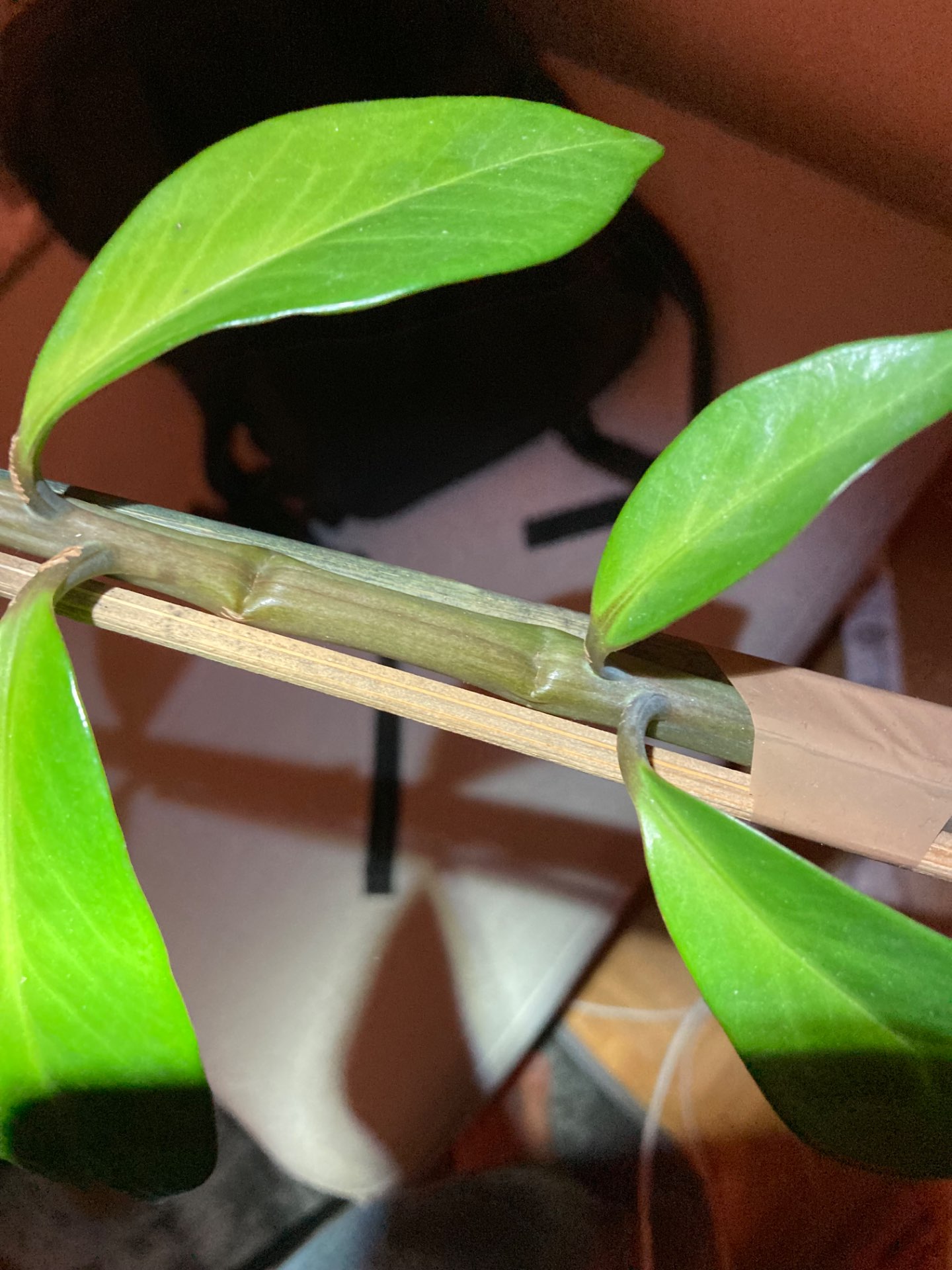
FRIDAY SEPTEMBER 15:
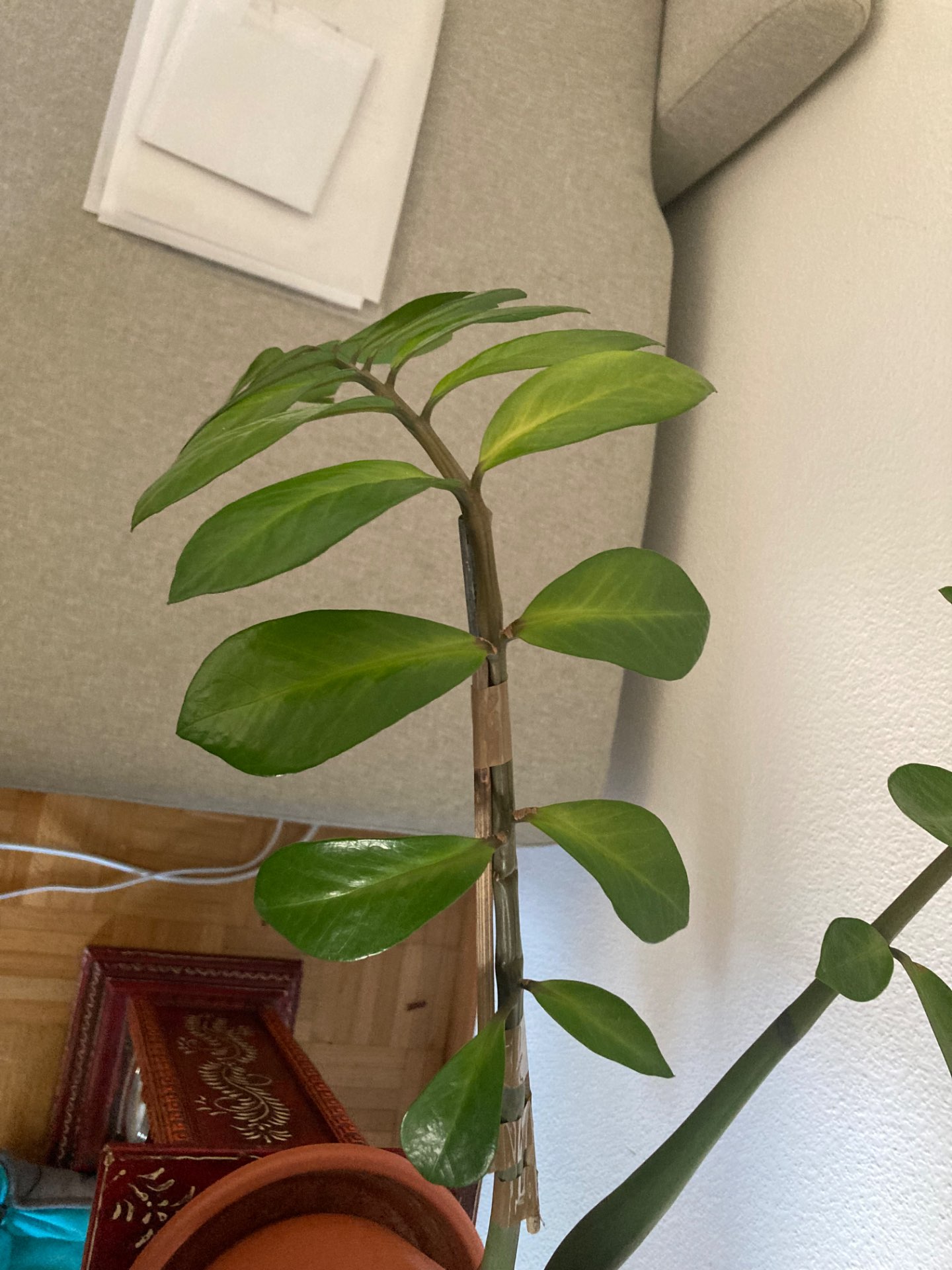
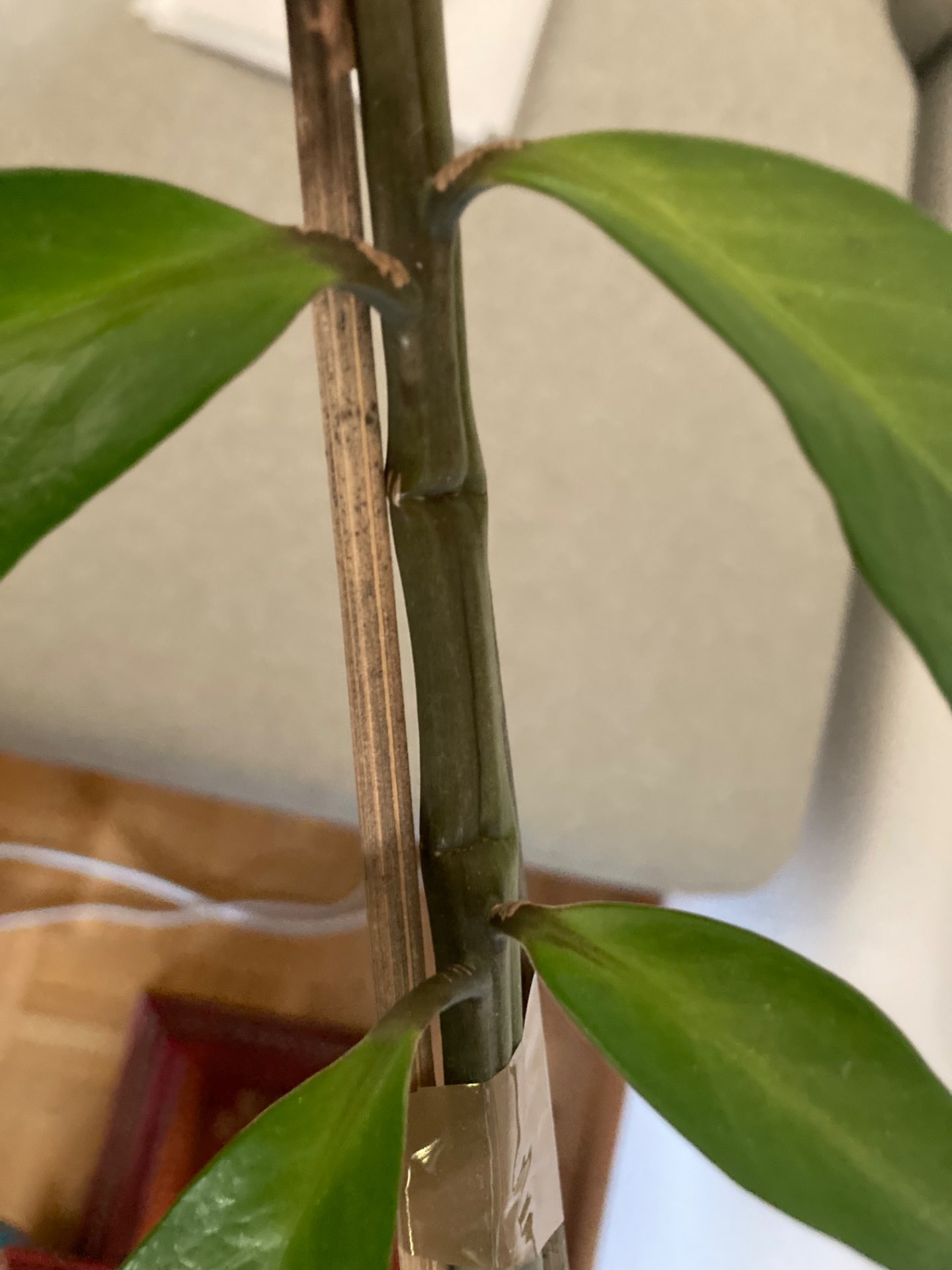
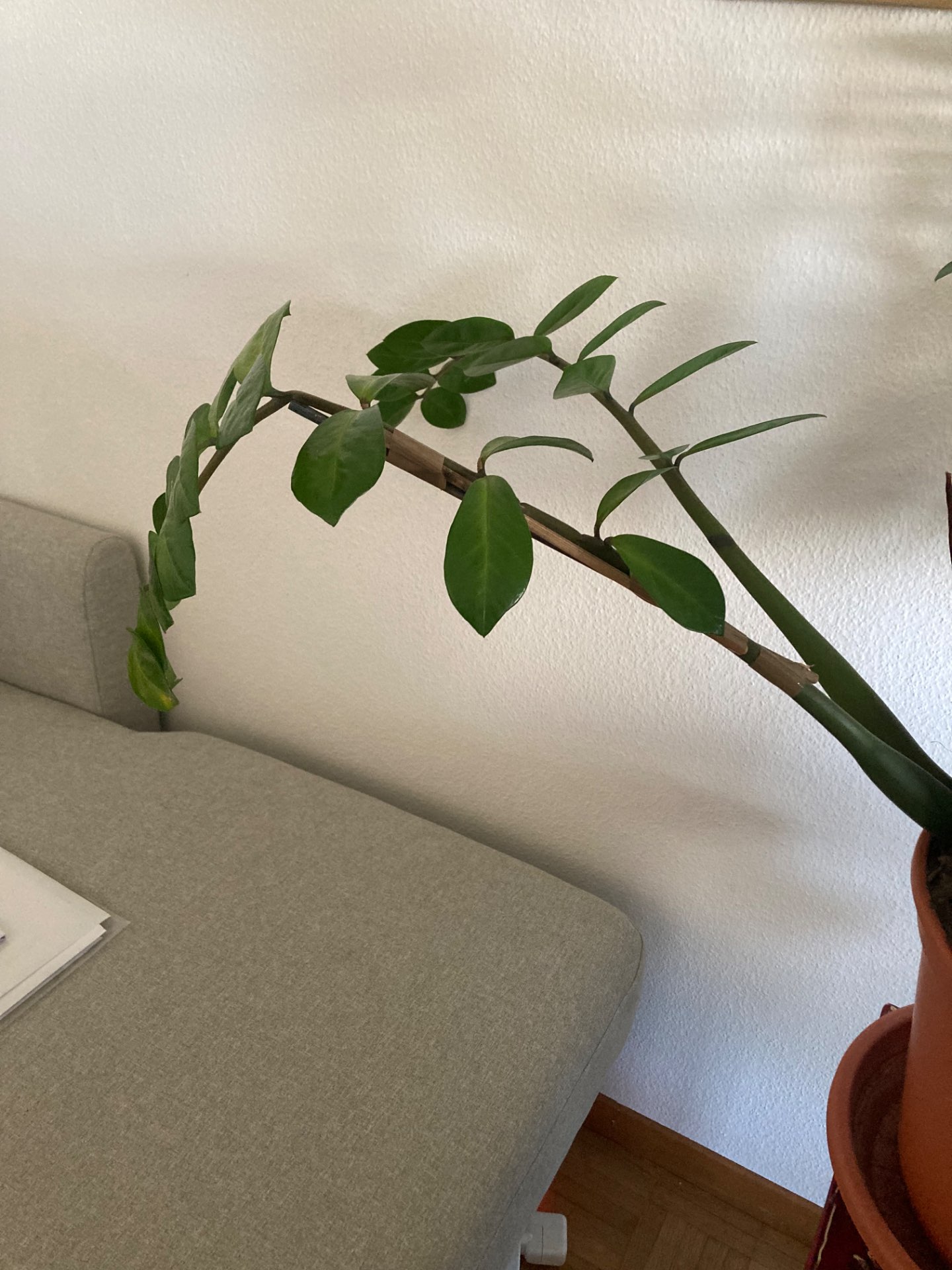
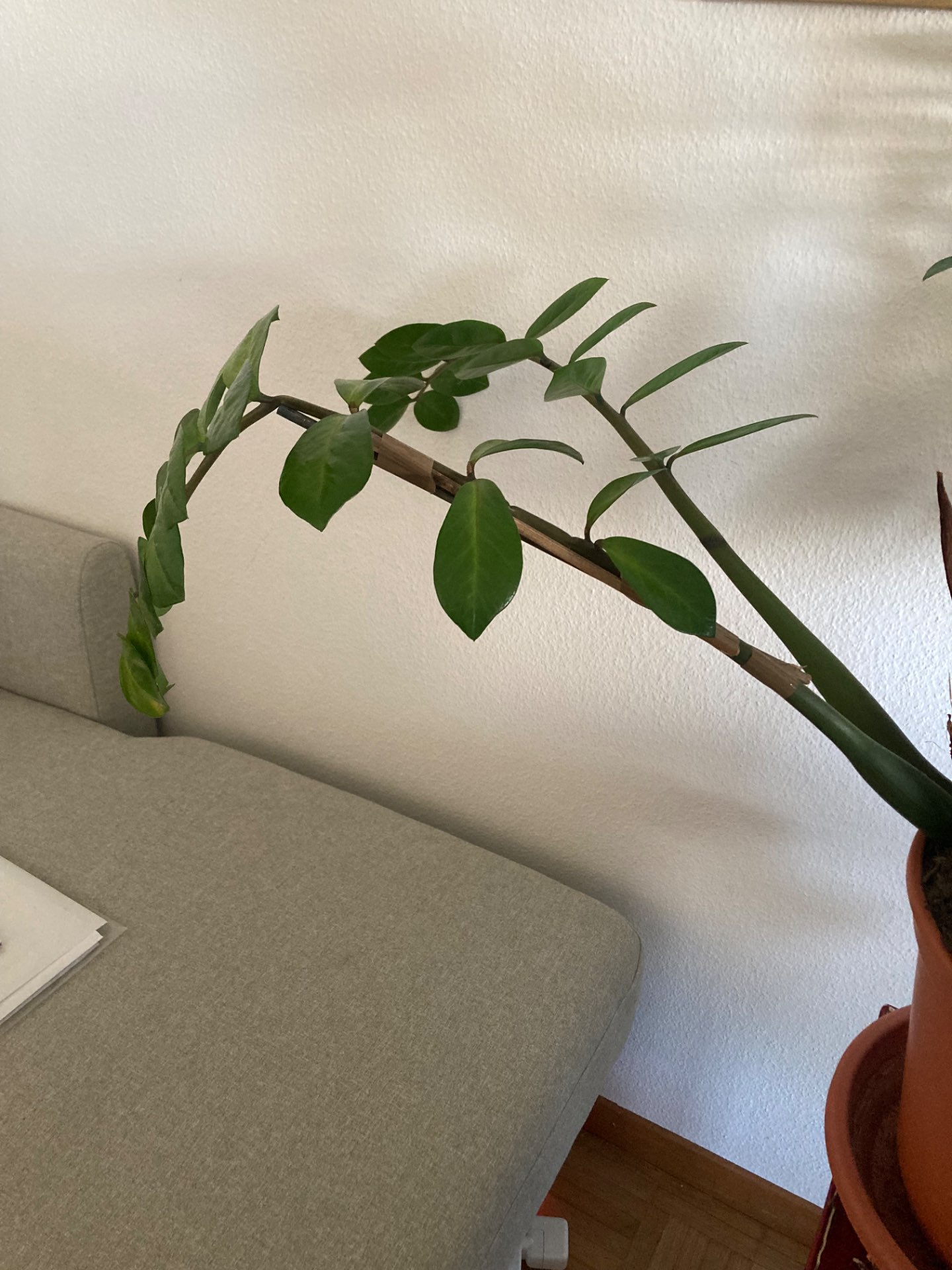
REMOVAL OF SUPPORT TEST (photos ~15 mins post removal of support):
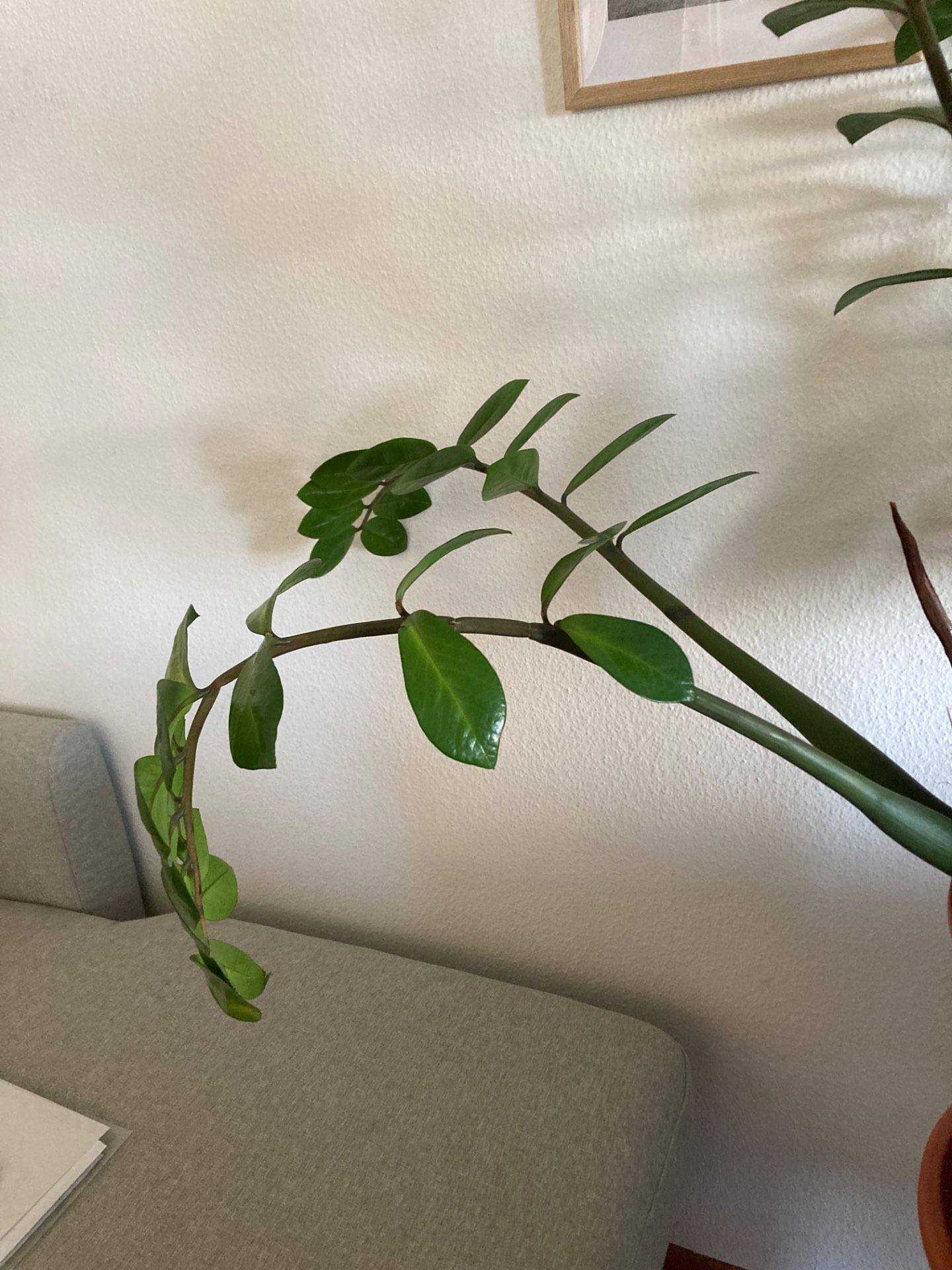
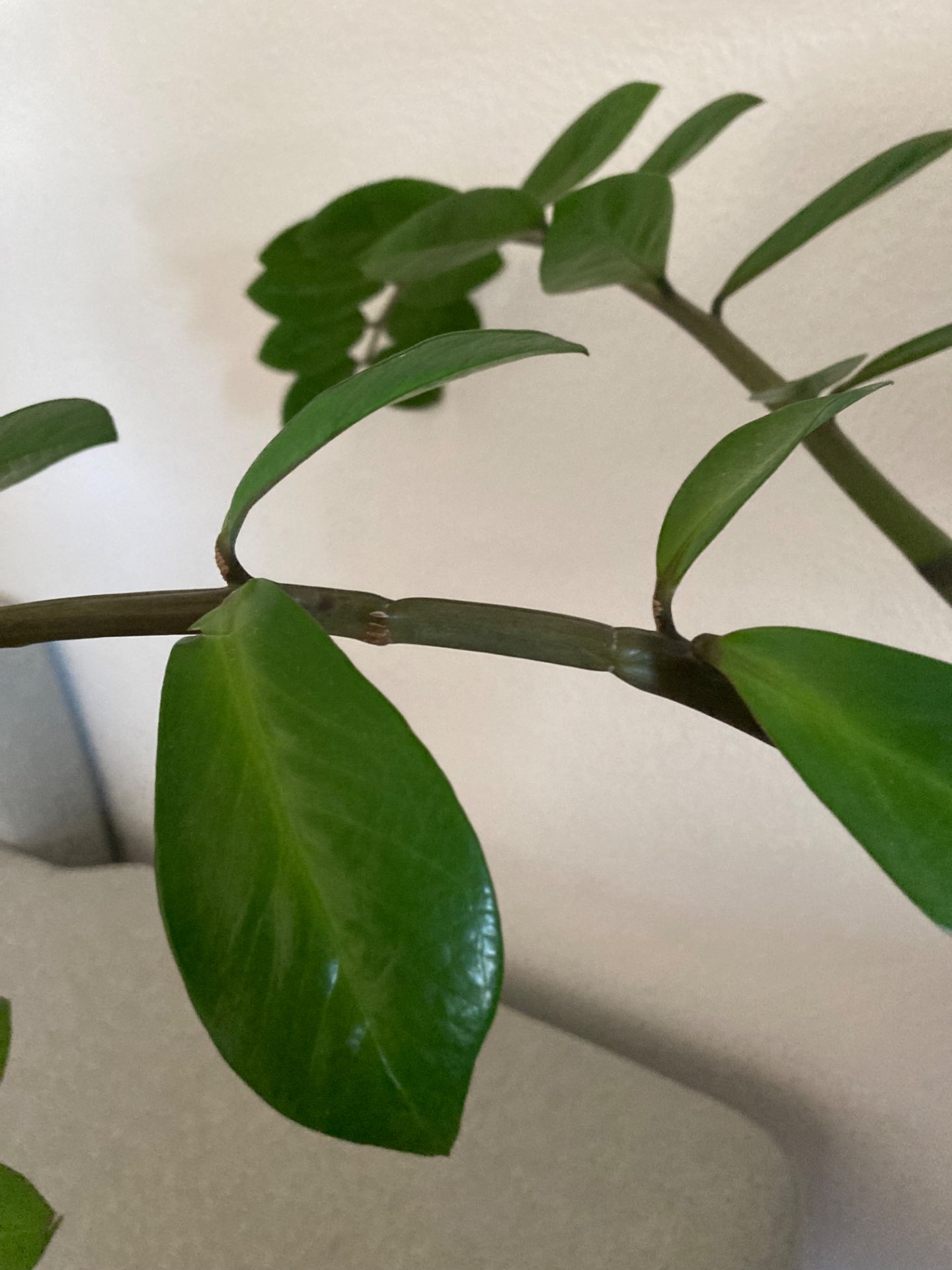
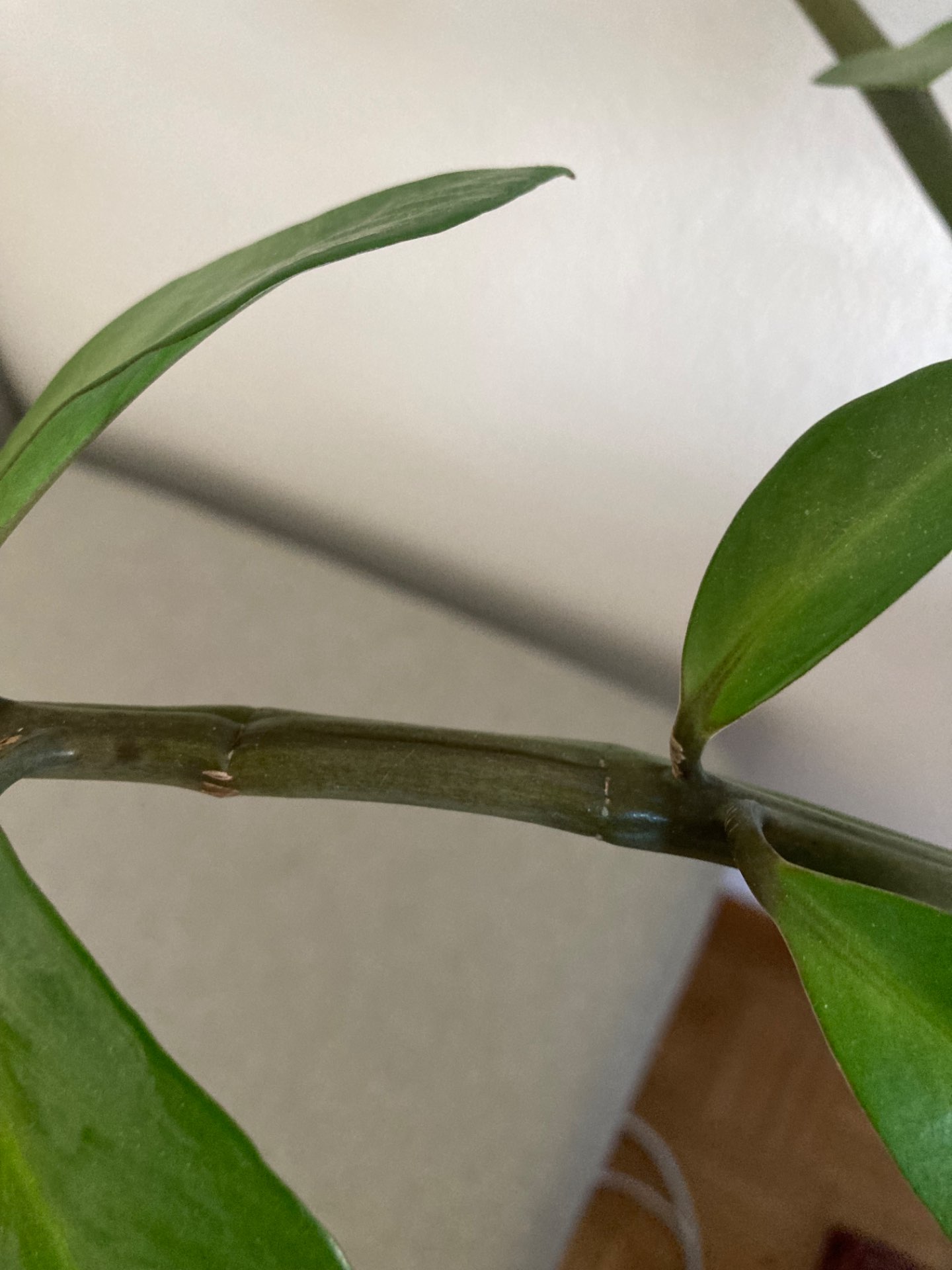
RE-INTRODUCE SUPPORT:
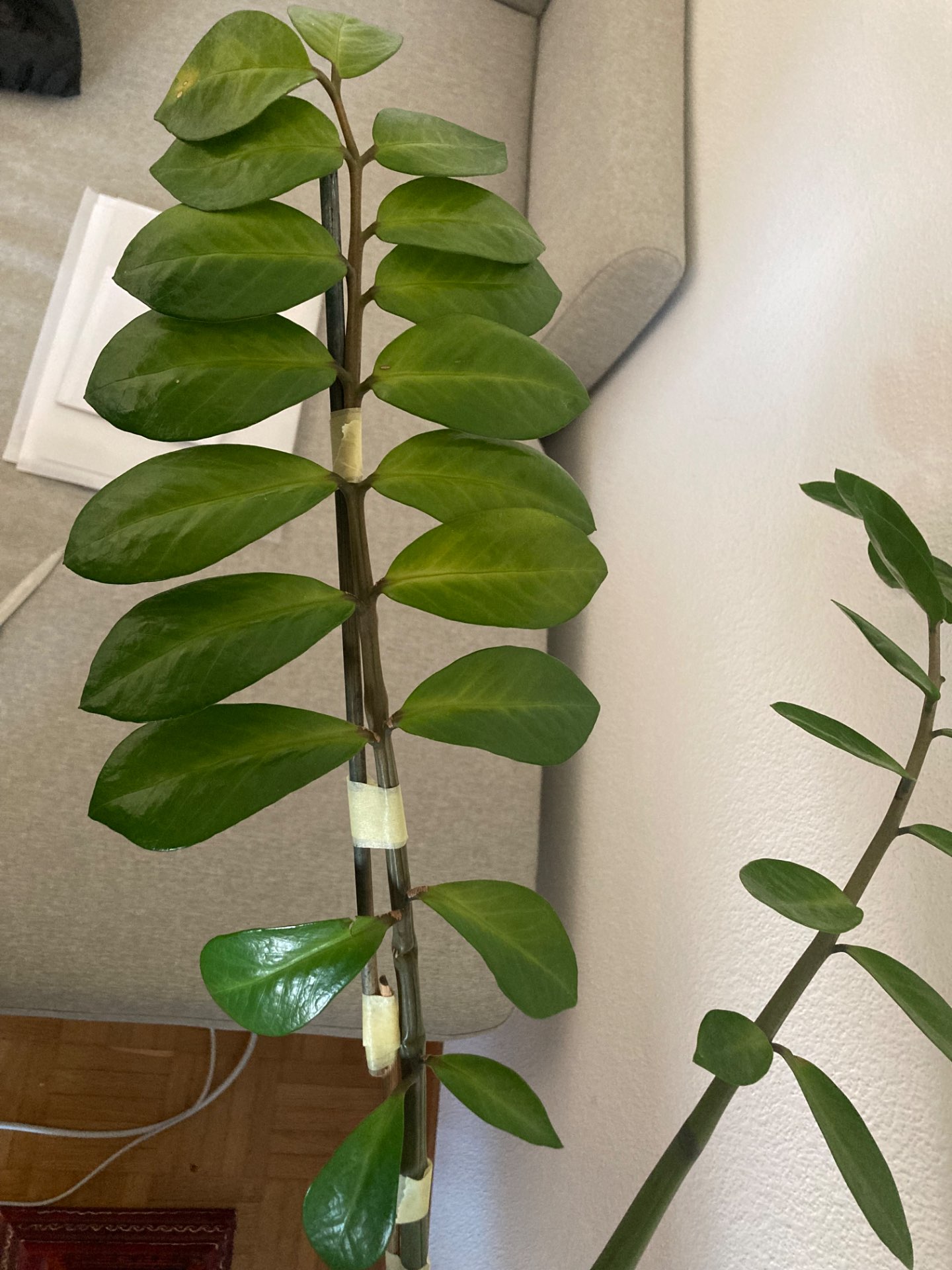
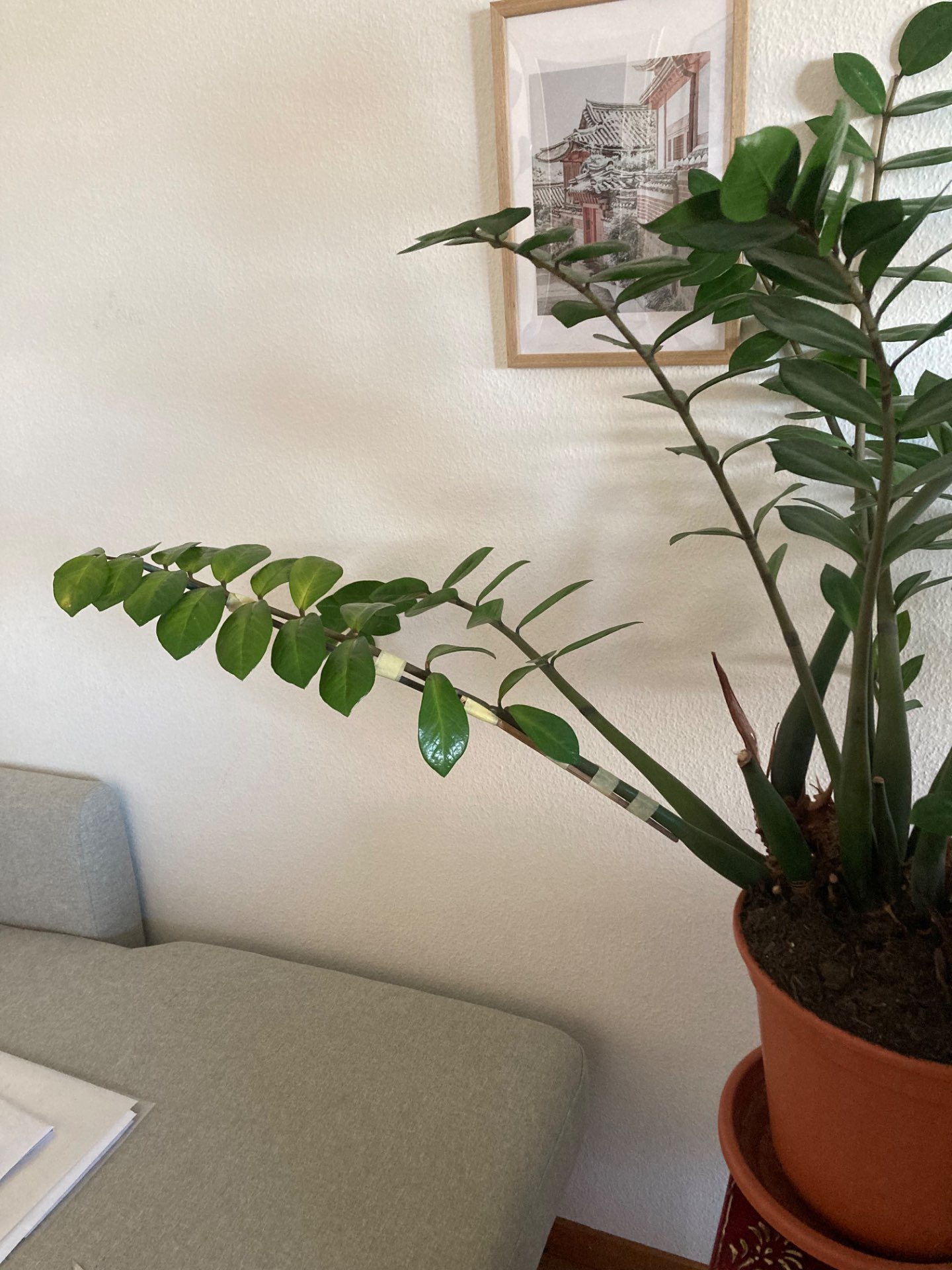
SUMMARY: confusingly, the branch seems to have suffered a secondary fracture just after the end of the first support. However, it looks like without the support THE ORIGINAL FRACTURE HAS REGAINED ITS STRUCTURAL INTEGRITY. I will assume that the second fracture is related to the first fracture in some way, and thus for this to resolve YES, I am looking to see that the entire branch can survive independent of a support. For the timebeing I have returned the support, and will repeat a second test (remove support) in roughly 1 month. If it looks stable at that point for several days without the support, this will resolve YES.
MONDAY SEPTEMBER 25:
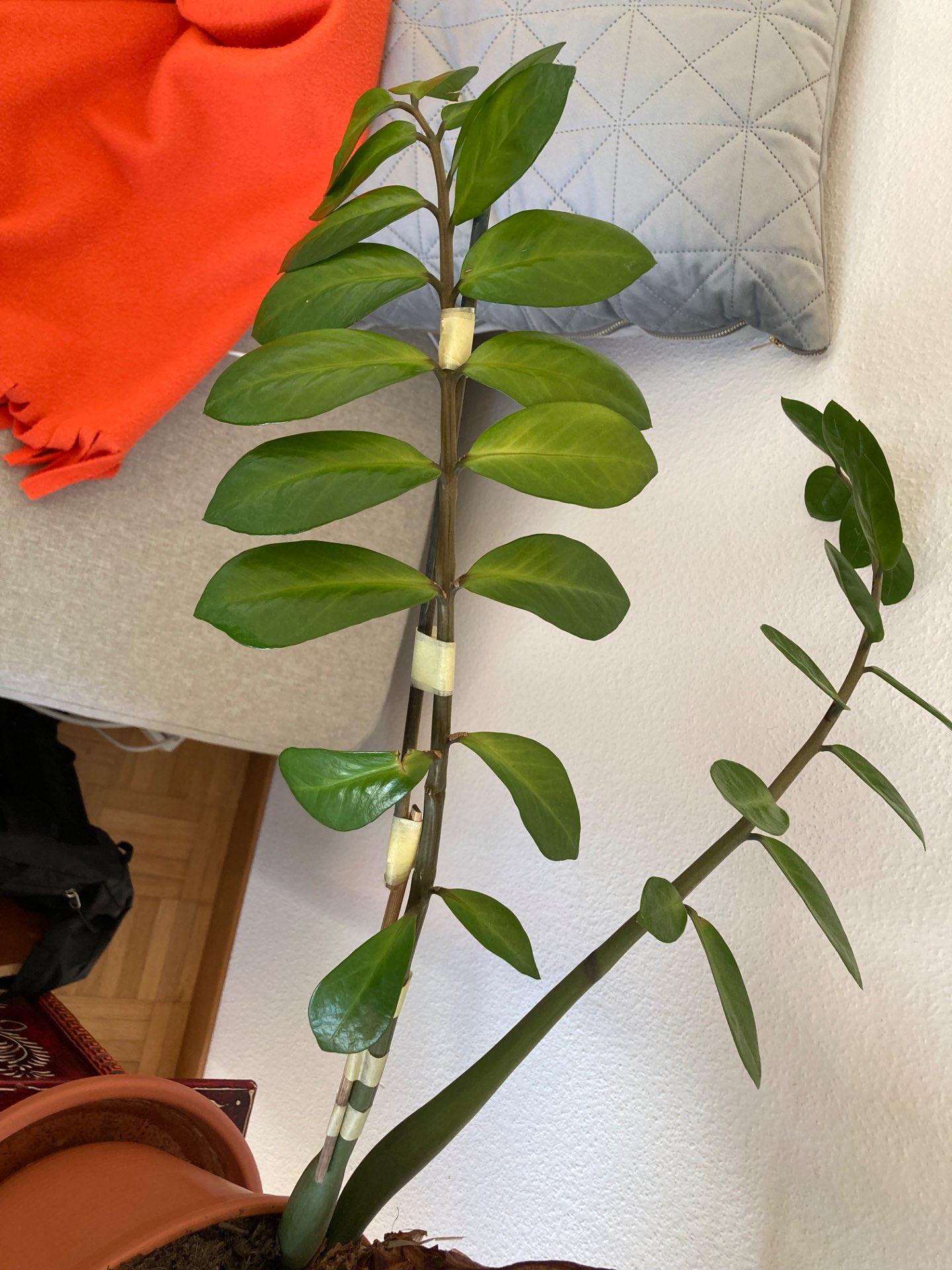
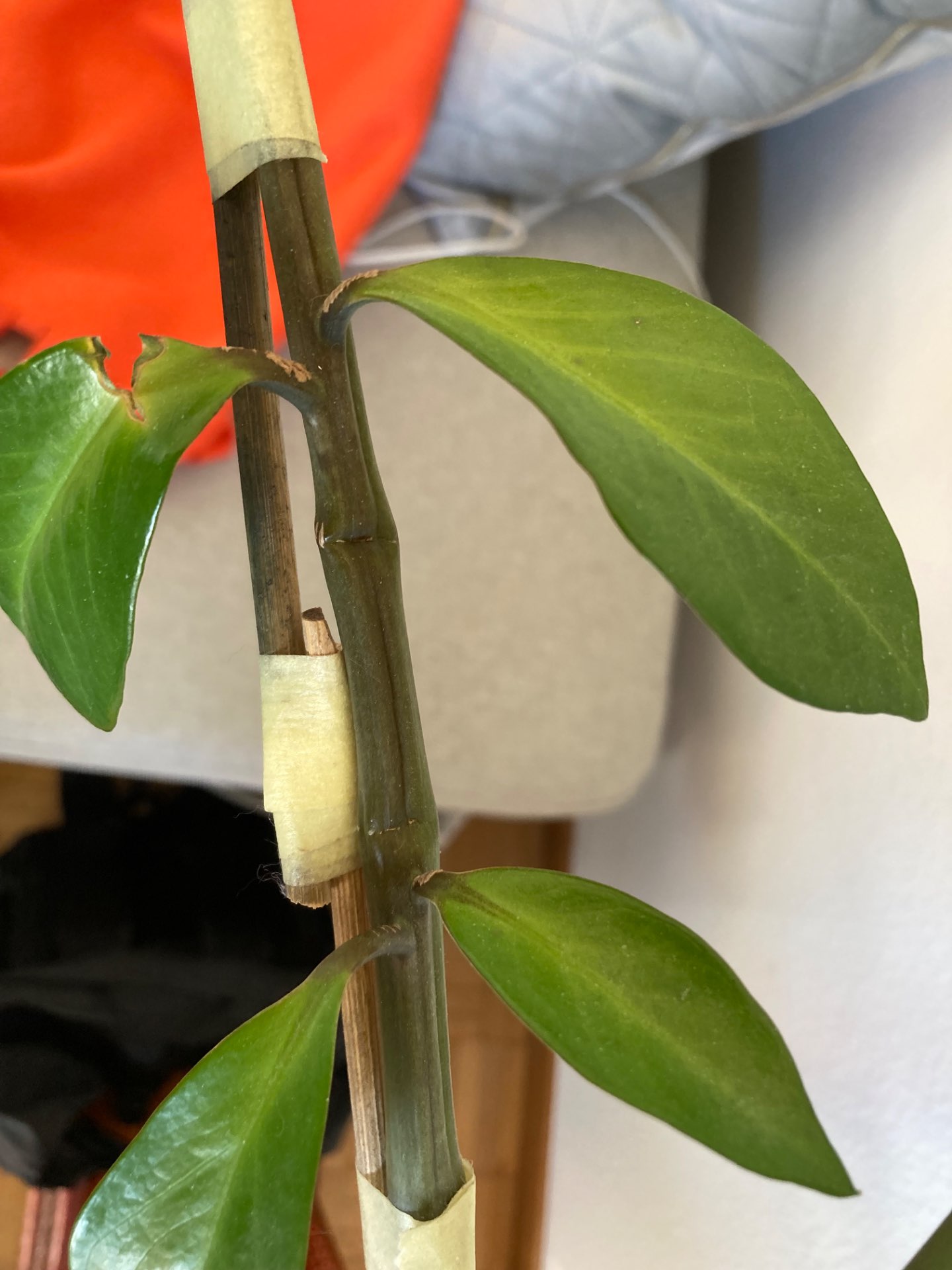
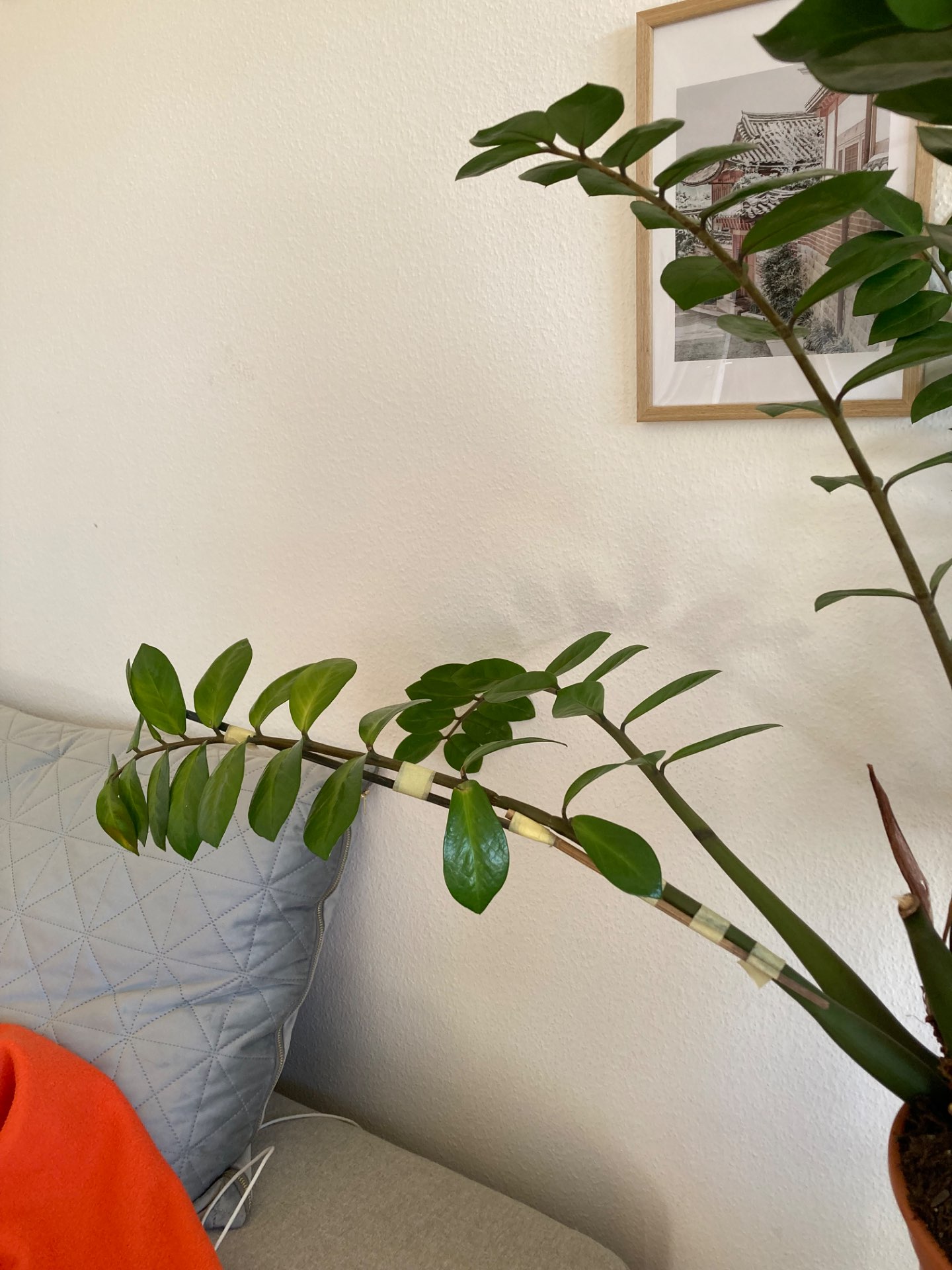
🏅 Top traders
| # | Name | Total profit |
|---|---|---|
| 1 | Ṁ606 | |
| 2 | Ṁ491 | |
| 3 | Ṁ163 | |
| 4 | Ṁ101 | |
| 5 | Ṁ52 |
confusingly, the branch seems to have suffered a secondary fracture just after the end of the first support
Classic stress concentration failure mode. The support is stiffer than the original plant stem, so the stiffness of the combined system changes sharply at the end of the support. Stresses, especially cyclic stress from motion, concentrate stress there.
The usual fix is to have a region of gently-decreasing stiffness so that the bending is spread over a larger area.
A common household example is the strain relief feature on a cable, where it joins the connector or device. The heavier / stiffer plastic is tapered or segmented over the nearby region of the cable to taper the stiffness and avoid a sharp transition.
@EvanDaniel The thing where you've chained two pieces together, with a semi-flexible joint between them, is good on (based on this analysis). Loose joints (tape applied loosely, thread tied loosely, elastic bands, etc.) are good. It doesn't have to be fancy, just notice that bamboo skewers (or whatever) are extremely stiff in context, and that's not what you want. Thin and flexy is good. The ability for the stem to follow the path traced by the reinforcement loosely is important; you don't want to force something exact.
I’ve posted the update, see the text at the bottom. If you look carefully, you’ll see where the branch is bending now is at the site of a second fracture. Actually at the first fracture, without the support, the branch still has structural integrity (ie. doesn’t bend)
I am going to push the close date back by 30 days. The intent of this question, and I believe the readers, is “can the branch recover to the point of not needing the support”.
I figured this would be determined by 1 month in (sept14), but now I’m not sure if that’s enough time since it is changing state slower than expected.
However, on September 14th, I will still test removing the support and see what happens, and report that here in the weekly update.
Market can adjust at that point. However, resolution will happen when there is more concrete yes/no signal (expected 2 months in). After 2 months in, I will repeat a “Remove support” test. If it doesn’t show any improvement over sept14 (1 month in), I will resolve this No.
@awse Yeah she just decided to grow that way. It’s a bit crowded in this pot to be fair. Still stable though.
Only time will tell.
